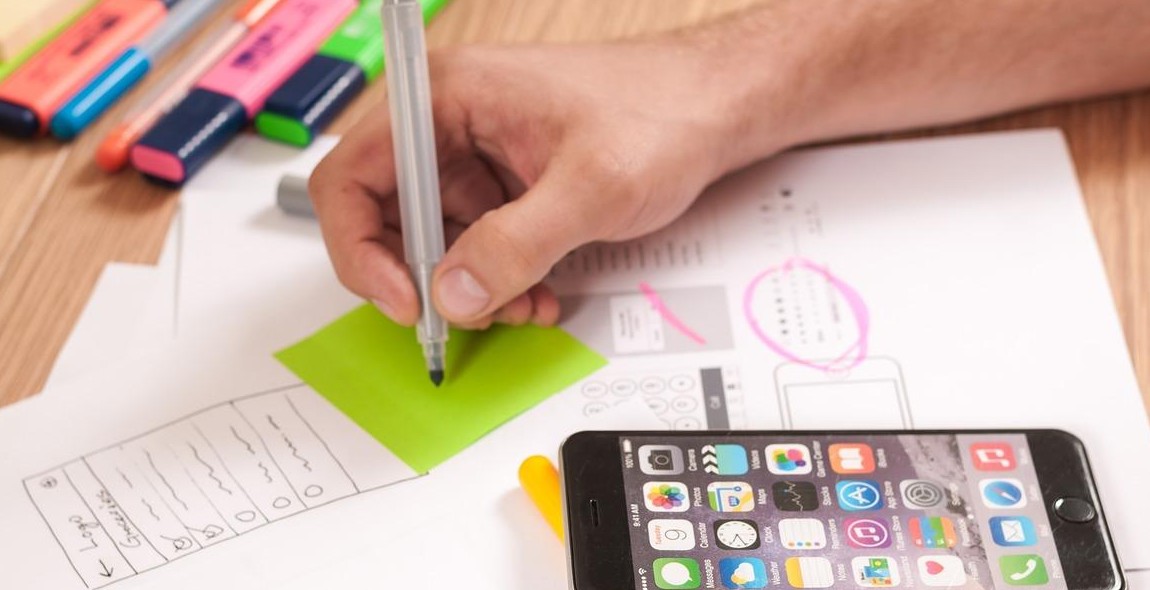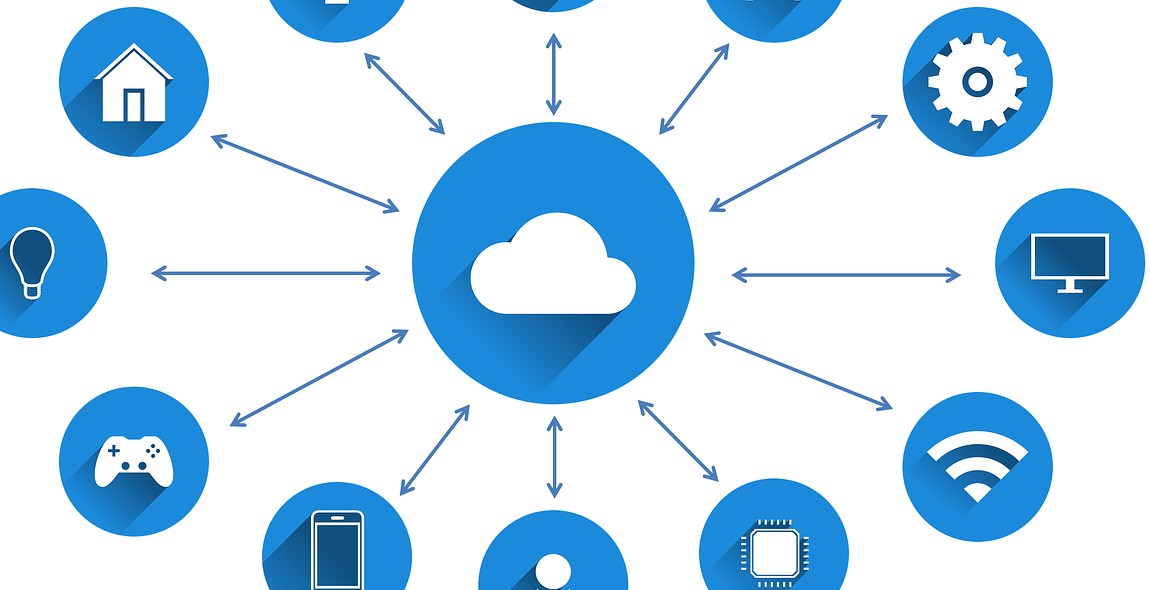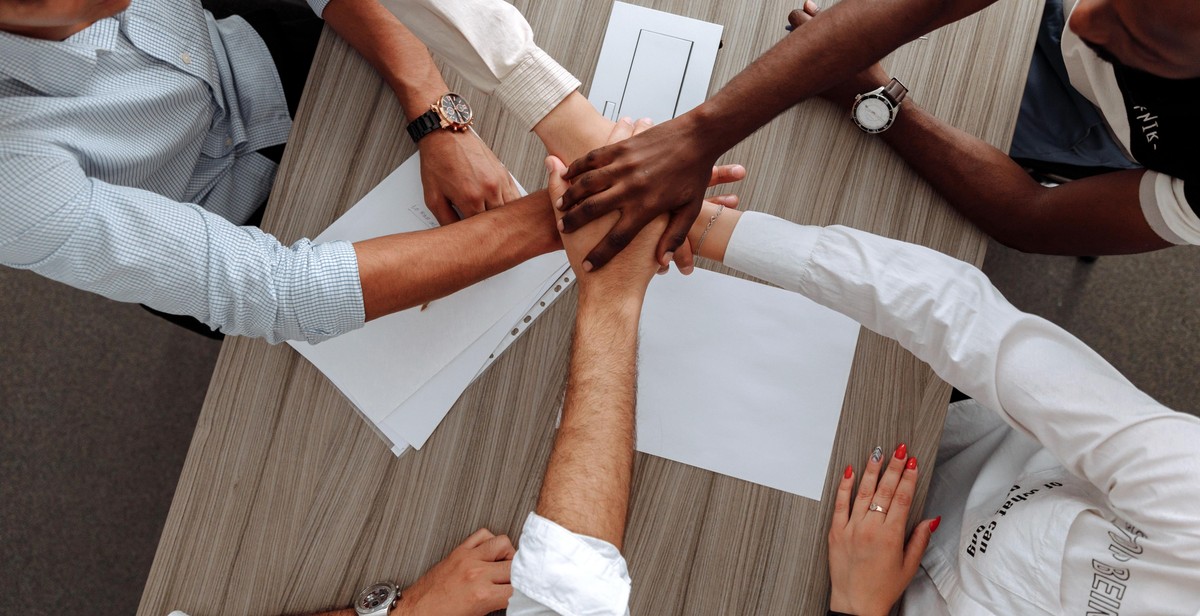Introduction
Artificial Intelligence (AI) has revolutionized various industries, from healthcare to finance, by automating tasks and assisting humans in making data-driven decisions. However, one question continues to challenge the boundaries of AI capabilities: Can machines be truly innovative?
Traditionally, creativity has been considered a human trait, fueled by our ability to think abstractly, make connections, and generate novel ideas. But with advancements in AI, machines are now capable of performing complex tasks, such as composing music, writing poetry, and even creating artwork.
This article explores the intersection of AI and creativity, delving into the potential of machines to exhibit innovative thinking. We will examine the current state of AI-generated creativity, including the limitations and ethical implications surrounding it.
Furthermore, we will explore the concept of “narrow” and “general” AI and their respective roles in creative endeavors. While narrow AI excels in specific tasks, such as image recognition or language translation, general AI aims to replicate human-level intelligence and creativity.
Through this examination, we aim to shed light on the possibilities and challenges of AI-driven innovation. Can machines transcend their programmed algorithms to produce truly original and groundbreaking ideas? Join us as we navigate the fascinating landscape of AI and its relationship with creativity.
Understanding AI
Artificial Intelligence (AI) refers to the simulation of human intelligence in machines that are programmed to think and learn like humans. It involves the creation of intelligent systems that can perform tasks that typically require human intelligence, such as visual perception, speech recognition, decision-making, and problem-solving.
Types of AI
AI can be classified into three main types:
- Narrow AI: Also known as Weak AI, this type of AI is designed to perform specific tasks. It is focused on a narrow range of applications and lacks the ability to generalize or adapt to new situations.
- General AI: Also known as Strong AI or Human-level AI, this type of AI possesses the ability to understand, learn, and apply knowledge across various domains. It can perform any intellectual task that a human being can.
- Superintelligent AI: This type of AI surpasses human intelligence and capabilities. It is hypothetical and currently only exists in the realm of science fiction.
AI in the Creative Industries
The integration of AI in the creative industries has been a topic of great interest and debate. While creativity has traditionally been considered a uniquely human trait, AI is making significant strides in generating innovative and artistic content.
AI algorithms can analyze large datasets, identify patterns, and generate creative outputs such as music, art, and even storytelling. For example, AI-powered platforms like Jukin Media and Amper Music can compose music pieces based on user preferences and predefined moods.
Moreover, AI can assist in enhancing creativity by providing artists with new tools and resources. Graphic designers can use AI-powered software to generate design suggestions, while writers can leverage AI to generate ideas or proofread their work.
However, the question of whether machines can be truly innovative remains. While AI systems can mimic human creativity, they lack the emotional and experiential aspects that drive human innovation. The ability to think critically, challenge conventions, and make intuitive leaps is still considered a domain exclusive to humans.
Nonetheless, the integration of AI in the creative industries offers exciting possibilities and challenges the traditional notion of human creativity.

The Role of Creativity
Creativity is a fundamental aspect of human intelligence and plays a crucial role in shaping our world. It is the ability to think outside the box, generate unique ideas, and find innovative solutions to problems. In the context of AI, the question arises: can machines be truly innovative?
Defining Creativity
Defining creativity is a complex task, as it encompasses various dimensions and interpretations. At its core, creativity involves the generation of novel and valuable ideas, products, or solutions that have an impact on individuals or society as a whole. It goes beyond mere replication or imitation and requires originality and novelty.
Creative thinking involves breaking away from conventional patterns and exploring new possibilities. It often involves combining seemingly unrelated concepts or ideas to create something entirely new. This ability to make connections and see patterns where others may not is a hallmark of human creativity.
The Creative Process
The creative process is a non-linear and iterative journey that involves several stages. It typically begins with preparation, where individuals gather information and immerse themselves in the subject matter. This is followed by an incubation phase, where ideas are allowed to simmer in the subconscious mind.
The next stage is illumination, characterized by sudden insights or breakthroughs. These moments of clarity often arise when the mind is relaxed or engaged in unrelated activities. Finally, the creative process concludes with verification, where ideas are tested, refined, and transformed into tangible outcomes.
The Value of Human Creativity
While AI has made significant advancements in recent years, human creativity remains unparalleled. Human creativity is not limited to problem-solving; it extends to artistic expression, scientific discoveries, and technological innovations. It is the driving force behind progress and has shaped the course of history.
Human creativity is deeply intertwined with emotions, experiences, and cultural context, allowing for a rich and diverse range of ideas. It involves intuition, empathy, and the ability to understand and connect with others. These uniquely human traits contribute to the creation of meaningful and impactful work that resonates with individuals on a deeper level.
In conclusion, creativity plays a vital role in our world, and while AI may possess the ability to imitate or replicate creative outputs, the essence of human creativity remains distinct and irreplaceable. It is through the fusion of human ingenuity and AI capabilities that we can unlock the true potential of innovation and shape a better future.

AI and Innovation
Can Machines Be Innovative?
The question of whether machines can be truly innovative has been a topic of debate in recent years. While machines are capable of processing vast amounts of data and generating new ideas, the concept of true innovation involves the ability to think creatively and come up with original solutions. Some argue that machines lack the human element of intuition and emotion, which are crucial for innovative thinking. However, advancements in artificial intelligence (AI) have shown that machines can play a significant role in the creative process.
AI-Assisted Creativity
AI has the potential to enhance human creativity by assisting in various aspects of the creative process. Machines can analyze large datasets, identify patterns, and generate insights that humans may overlook. This can lead to the discovery of new ideas and innovative solutions. AI algorithms can also generate suggestions and recommendations based on user preferences, helping individuals explore new creative avenues. Moreover, AI-powered tools can automate repetitive tasks, freeing up time for humans to focus on more complex and imaginative tasks.
Examples of AI-Driven Innovation
There are numerous examples of AI-driven innovation that demonstrate the potential of machines in the creative realm. One notable example is the use of AI in the music industry. AI algorithms can analyze vast music libraries, identify patterns, and generate new compositions. This has led to the creation of unique musical pieces that blend different genres and styles.
In the field of visual arts, AI has been used to generate artworks and assist artists in their creative process. Machines can analyze existing artworks, learn artistic styles, and generate new pieces that mimic the works of famous artists. This has sparked new debates about the definition of creativity and the role of machines in artistic expression.
Furthermore, AI has been employed in the field of product design, helping companies create innovative and user-centric products. By analyzing user behavior and preferences, AI algorithms can generate design suggestions that optimize functionality and user experience.
In conclusion, while the concept of machines being truly innovative is still a subject of debate, AI has demonstrated its potential in assisting human creativity and driving innovation. The combination of human ingenuity and AI capabilities can lead to groundbreaking discoveries and solutions that may not have been possible otherwise.
Challenges and Limitations
Ethical Considerations
The development and use of artificial intelligence (AI) in creative endeavors raises ethical concerns. One major consideration is the question of ownership and copyright. If an AI system generates a piece of artwork or produces a creative work, who owns the rights to it? Should it be considered the intellectual property of the AI creator or the person who trained the AI? This issue becomes even more complex when AI is used to create commercially valuable content.
Another ethical concern is the potential for AI to perpetuate bias and discrimination. AI systems learn from existing data, which may contain implicit biases. If these biases are not addressed, AI-generated content could reinforce stereotypes and inequalities.
The Limitations of AI
Despite advancements in AI technology, there are still limitations to its creative capabilities. AI systems lack a true understanding of human emotions, context, and subjective experiences. This limits their ability to produce truly innovative and emotionally resonant creative works. While AI can mimic human creativity to a certain extent, it often falls short in capturing the depth and complexity of human expression.
Additionally, AI relies heavily on data and patterns from the past to generate new content. This means that AI-generated creative works may lack originality and novelty, as they are based on existing examples. AI systems struggle to break free from established conventions and push the boundaries of creativity.
Balancing AI and Human Input
An important challenge in integrating AI and creativity is finding the right balance between machine-generated content and human input. While AI can assist in the creative process by providing inspiration and generating ideas, it should not replace human creativity entirely. Human input is essential for injecting originality, critical thinking, and emotional depth into creative works.
Furthermore, the collaboration between AI and humans raises questions about the authenticity and value of the creative process. If AI is heavily involved in the creation of a work, does it diminish the role of the human creator? Striking the right balance between AI and human input is crucial to maintain the integrity of the creative process and ensure that human creativity remains at the forefront.

The Future of AI and Creativity
The field of artificial intelligence (AI) has made significant advancements in recent years, and its impact on creativity cannot be ignored. While some may fear that machines will replace human creativity, the future of AI and creativity lies in collaboration between humans and machines.
Collaboration between Humans and Machines
AI has the potential to enhance human creativity by providing new tools and resources. Machines can analyze vast amounts of data and generate insights that humans may not have considered. This collaboration allows creatives to explore new possibilities and push the boundaries of their work.
Enhancing Human Creativity with AI
AI can act as a catalyst for human creativity, offering suggestions and recommendations that can inspire innovative ideas. By leveraging AI algorithms, creatives can tap into a wealth of information and find unique approaches to their projects. This fusion of human intuition and machine intelligence can lead to groundbreaking creations.
AI as a Tool for Creatives
AI can also serve as a valuable tool for creatives, assisting them in tasks such as generating content, designing visuals, and even composing music. By automating routine tasks, AI frees up time for creatives to focus on more complex and imaginative aspects of their work.
In conclusion, the future of AI and creativity is not a battle between humans and machines but a partnership that harnesses the strengths of both. Collaboration between humans and machines, the enhancement of human creativity through AI, and the use of AI as a tool for creatives will shape the future of innovation and artistic expression.
